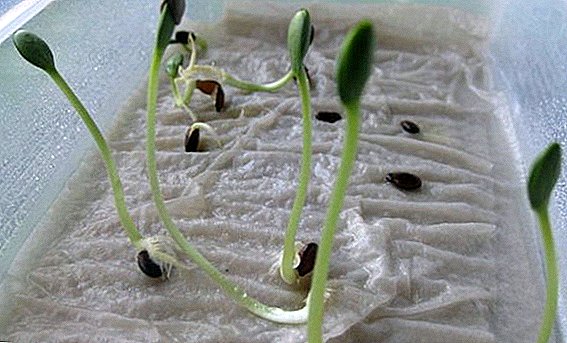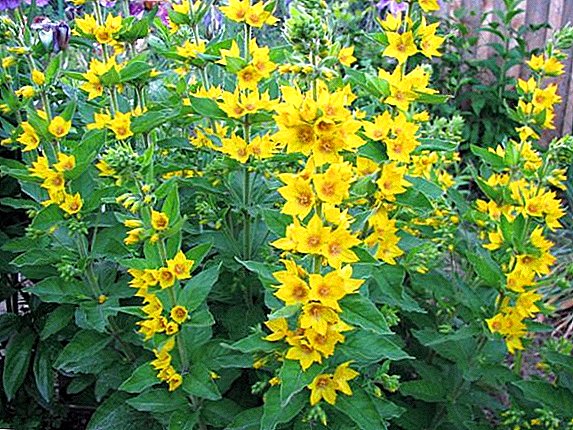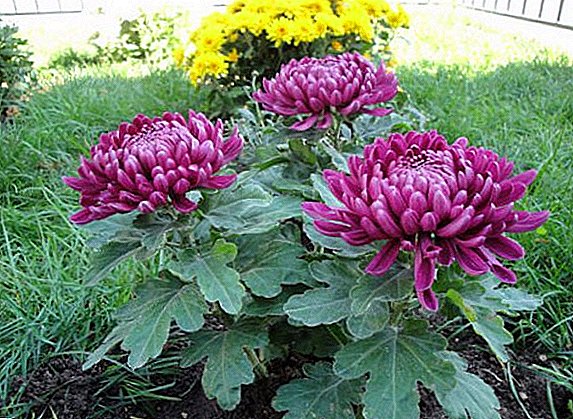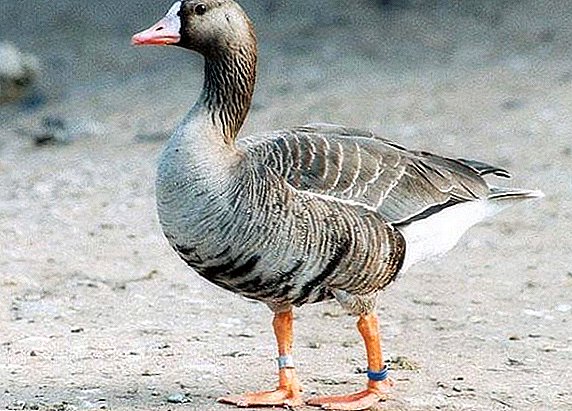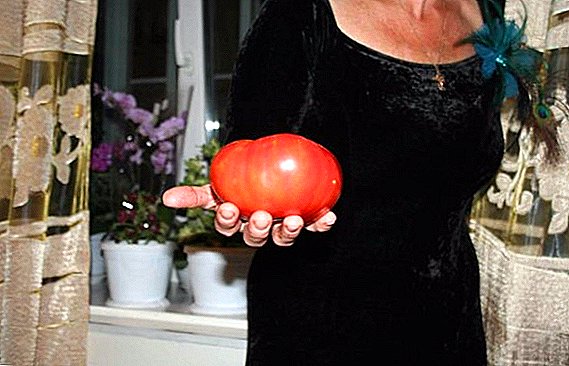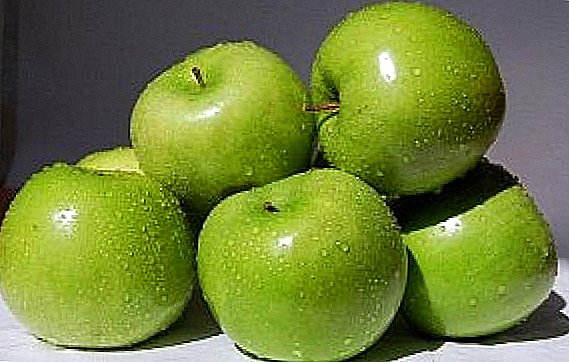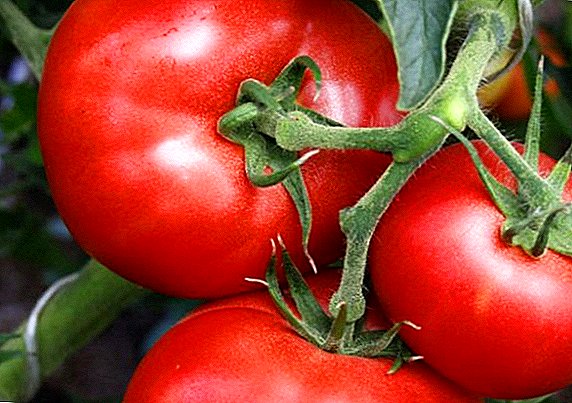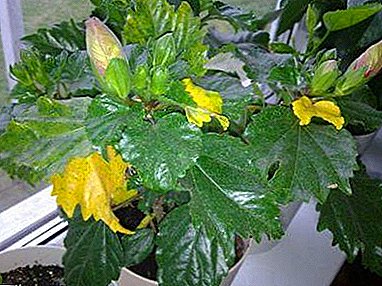
Chinese rose, or hibiscus, belongs to the family of malvaceous plants. This flower has been actively grown in homes in Europe since the beginning of the 19th century, and over time it gained popularity in Russia. The plant is quite unpretentious, but still flower growers may encounter problems in the content, such as yellowing and leaf fall. This article will tell you when yellow leaves of a Chinese rose are normal, such as watering, temperature, soil type, lighting and air can affect rose leaves, which pests can cause yellow leaves on the flower and how to solve the problem. with leaves once and for all.
When is the yellowing process considered normal?
In winter, yellowing can be caused by a lack of sun.and for leafy plants it is absolutely normal. The winter period is stressful for the flower, and here it is important to just take good care of it, helping to survive this time. However, if there is a massive yellowing, we can talk about more significant problems for the rose, so it is important to figure out what to do with it.
Why does this happen with a houseplant and how to treat it?
Wrong watering
If the air temperature in the room is high, the flower requires abundant watering. If it is too hot and windy - should be watered daily, and sometimes - even twice a day. A good way in this case is a drip irrigation system.
Chinese rose may suffer from too abundant wateringespecially in dark and cool season.
Reference! Hibiscus loves wet soil, but does not tolerate wet and cold land or overly swamped water.
Improper temperature
 If the heat hibiscus is not enough moisture, the flower reduces the need for water and drops the leaves. In hot weather, the plant needs a lot of water to feed all the leaves.
If the heat hibiscus is not enough moisture, the flower reduces the need for water and drops the leaves. In hot weather, the plant needs a lot of water to feed all the leaves.
Also cold can cause illness. For a flower to be comfortable, the air temperature should be between 18 and 30 degrees, because it is a tropical plant. Therefore, if it is cold in a room, for example, in winter the hibiscus is close to the window, it can react to temperature by dropping leaves, which is why you need to monitor the comfortable temperature.
Wrong lighting
The Chinese rose loves warmth, but it should not be exposed to direct sunlight. Excessive ultraviolet radiation can cause burns, which provokes yellowing of leaves, the appearance of white spots on them and mass abscission. On the contrary, too little light will also cause a number of problems.
Light is the source of life for hibiscus, and if there is little lighting, the plant will shed its leaves, until only a few pieces remain, as fewer leaves - less need for lighting.
Dry air
Being in a room with dry air, hibiscus can not bloom, because the flower likes high humidity. Excessive dryness is also dangerous.
Unsuitable ground
Violation of soil acidity can lead to chlorosis. Sometimes the leaf may turn yellow only where the disease began to develop. If the yellowness does not apply to the remaining leaves, the flower may not have enough nutrients.
Lack of fertilizer
Top dressing is necessary for the correct growth and blossoming of a hibiscus. Thus, a gradual increase in the amount of phosphorus with each irrigation provokes flowering. However, too much of it leads to the death of the plant.
 Hibiscus needs nitrogen, like all plants. It uses nitrogen in all metabolic processes. But here lies the nuance - an excessive amount of nitrogen causes nitrogen burn. Therefore, the average amount of nitrogen is ideal for hibiscus.
Hibiscus needs nitrogen, like all plants. It uses nitrogen in all metabolic processes. But here lies the nuance - an excessive amount of nitrogen causes nitrogen burn. Therefore, the average amount of nitrogen is ideal for hibiscus.
A deficiency of zinc, manganese, magnesium and iron also causes the leaves to turn yellow.. The lack of zinc is caused mainly due to the violation of the acidity of the soil. To eliminate these problems, it is necessary to feed or transplant plants with partial or complete replacement of the soil mixture.
Potassium deficiency can be corrected by making wood ash.
Frequent change of location
Chinese rose does not respond well to a change in location - due to the movement of buds fall off and stop flowering, and sometimes serious illness. Therefore, when choosing where to place the plant, consider all factors in advance so that you do not have to stress it.
Pests
First of all, these are spider mites. Usually they can not be seen with the naked eye, but you can learn about them by following the marks - the spots on the leaves. On the reverse side of the leaf, you can see traces of plant juice squeezed by mites, and between the leaves and on the top of the stem, mites leave a spiderweb.
After a tick hibiscus takes several weeks to recovertherefore, it is better to prevent the problem. To do this, use special insecticides and regularly - several times a day - spray the leaves with soapy water.
What else you need to know about caring for a flower at home?
- Hibiscus loves the sunny location, so in the summer you can take it out to the garden, gradually accustoming it to the sun, while not flooding the plant with light, but not leaving it in the shade.
- In the summer, hibiscus should be watered abundantly, repeating watering after the topsoil has dried. In winter, watering is reduced and kept at a cooler temperature, not allowing hypothermia. This will contribute to the establishment of flower buds. Daily should spray the plant with water. During the heating season, the air around the hibiscus should be sprayed.
- If the plant suffers from an oversupply of fertilizer - let it rest for a couple of weeks, watering only with clean water.
- The best time for fertilizer is summer, when flowering is most active. From spring to mid-August, mineral supplements should be added once a week, during the rest of the year - once a month, only phosphorus and potassium.
- In spring, young plants are transplanted into a slightly larger pot. Before transplanting branches should be shortened: long - by two thirds, short - less so that the hibiscus bush was more lush. An adult Chinese rose is transplanted only if necessary.
Hibiscus is a beautiful and bright flower brought to us from tropical countries.. With proper care and compliance with all the recommendations, problems such as leaf fall and yellowing can be avoided. This means that the plant will delight you with its flowering and decorate the interior of your apartment all year round.



